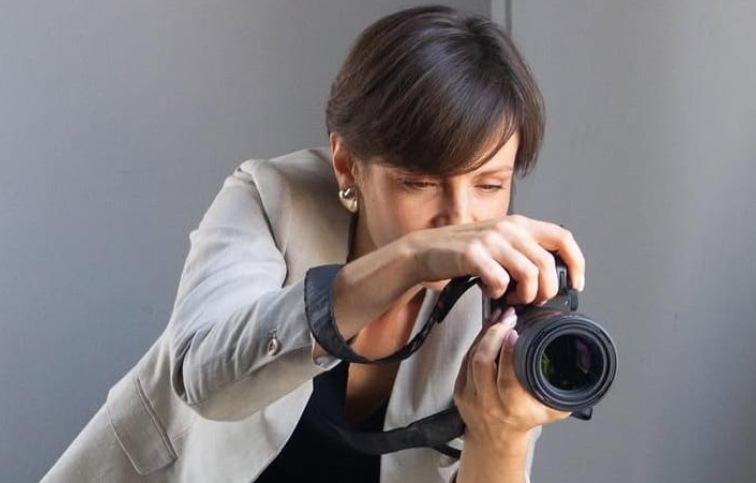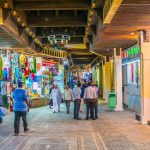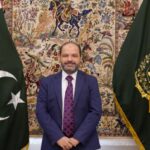When Marina moved to Oman two years ago with her children, she was unsure of what lay ahead. But she soon found herself drawn to the beauty, kindness, and the incredible warmth of the people, especially women. Today, she has carved out a unique space working with a small but growing circle of women, helping them heal and reconnect with themselves through a lens of light, memory, and emotion.

Many women, she maintains, are unconsciously trying to find their inner strength through their crafts, traditions, and even daily roles. “Deep down, there’s a quiet need to reconnect with who they are beyond expectations,” she muses, pointing out that her primary focus is on phototherapy, which, according to her, is a unique blend of photography, body awareness, emotional coaching, and sometimes even aromatherapy. She works mostly with women and families, helping them see their own stories and strengths. “My sessions are quiet, gentle, and transformative — not about perfect pictures, but about being seen. Really seen,” she states.
In this interview, Marina shares how her artistic practice gently guides women towards emotional renewal, and a deeper sense of self.
Read More
- Sustainable Fashion: Style without waste
- Walk your way to better health and happiness
- TAS Weekly – Beauty redrawn: From expression to expectation
- Mojawhraty by Malabar Gold & Diamonds debuts with 6 GCC showrooms highlighting Arabic jewellery allure
- How color affects mood: A guide to choosing the right paint

What does phototherapy mean to you and how do you incorporate it into your work?
Phototherapy, for me, is not a service – it’s an experience. It’s a meeting with oneself.
Many women come to me saying, “I don’t like being photographed.” But what they often mean is: I don’t know how to look at myself with love.
So we begin slowly — through conversation, aroma testing to awaken memory and emotion, video interviews, and gentle body movements. Then, through the lens, something shifts. It’s a space where masks fall. A space where a woman can say: Here I am. And I am enough.
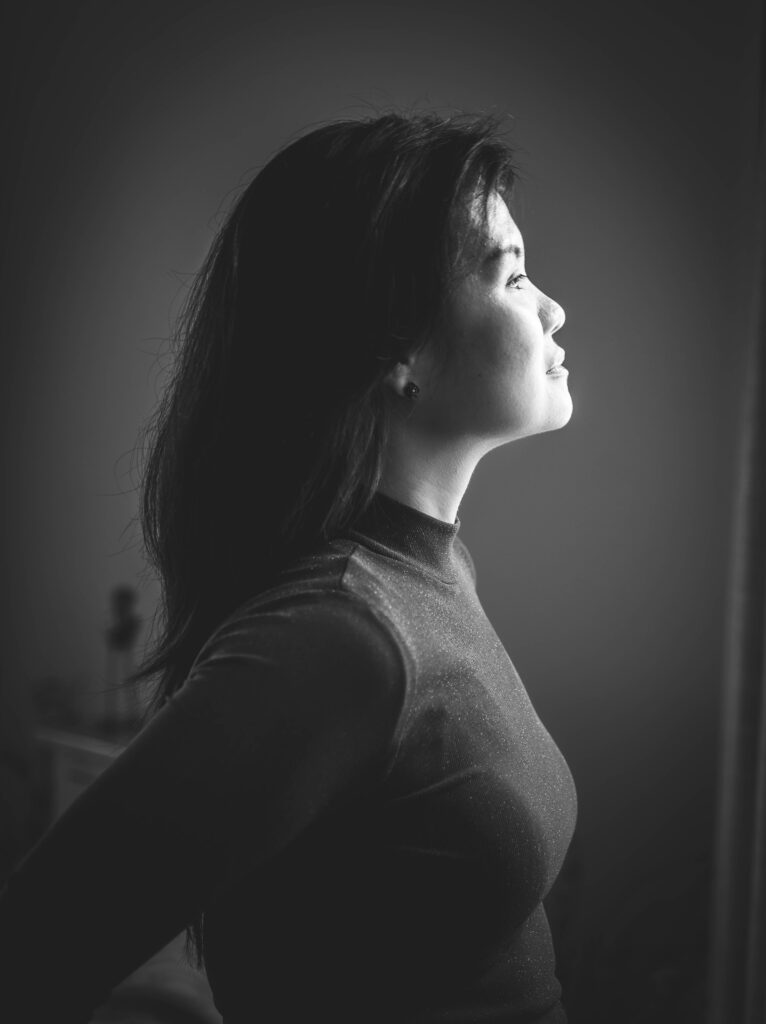
What inspired you to explore photography as a medium for healing and self-exploration?
My own journey!
I’ve lived through many reinventions — as a woman, a mother of five, an immigrant living in many different countries and a creator. I know what it’s like to feel unseen, even in your own eyes, or to lose parts of yourself along the way.
Photography became my therapy years ago — first when I saw myself through someone else’s camera, and later, when I began to study the craft deeply. I spent long nights editing while my children slept, witnessing stories through light, expression, and composition.
Over time, photography turned into a powerful tool — not just for creating beauty, but for guiding, touching, and helping women feel real again.
That moment when a woman sees her portrait and whispers, “I didn’t know I could look like that” — that’s everything.
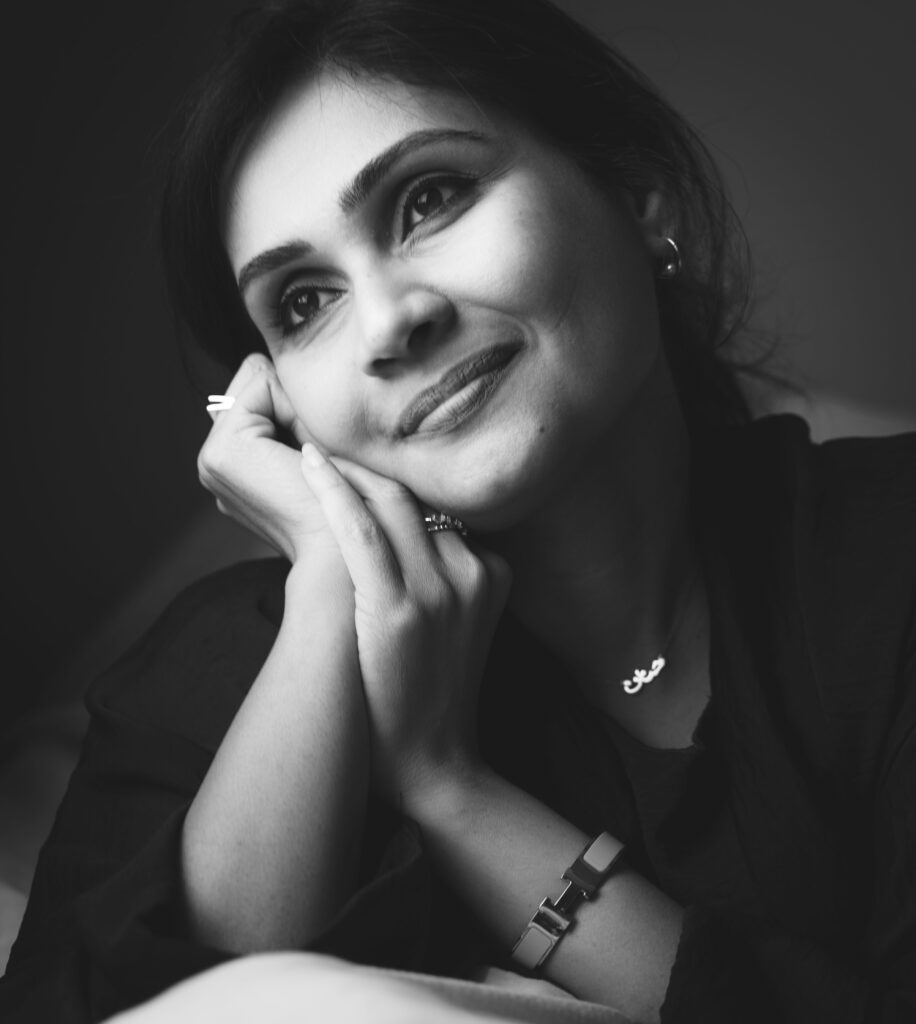
How do you approach working with women in a therapeutic context?
With softness. By listening. And with no rush.
For many women in Oman, being photographed can feel unfamiliar — even uncomfortable. So, I never start with a camera. I start with essential oils, and a few gentle questions like: “When was the last time you felt beautiful?”
From there, we co-create the session. I guide, but I also hold space. My goal isn’t just to take portraits — it’s to give her a new inner posture. One where she walks out not only with photographs, but with something lasting: a quiet confidence and a renewed connection with who she truly is.
Can you share a memorable experience you have had in Oman through phototherapy?
I remember every client, every story — and I love revisiting their portraits. Each one holds so many emotions and layers.
Almost always, I meet the woman for the very first time in her home. Within minutes, I find a way to connect — to observe the features of her face, to feel what she needs in that moment.
And every time, I’m genuinely amazed when she begins to bloom — when the masks gently fall, when she exhales and simply allows herself to be.
Sometimes there are tears. Sometimes silence. Sometimes smiles, and memories. And always, there is a moment — as a woman and as an artist — when I get goosebumps and whisper inside, “Yes. There she is.”
She trusted. She allowed herself to be seen. That moment is magic.
Do you follow a specific framework for your sessions?
Yes, I do — but it’s fluid and intuitive.
Before each session, I offer a few gentle suggestions for preparation, but nothing is strict or demanding. Everything is shaped around her story. I’m simply there to guide the journey.
The session usually begins with aroma testing and conversation. Essential oils help activate the limbic system — the emotional brain — and open the door to deeper connection. I also use body language coaching and sensory prompts to bring her into the present moment.
I can always sense when a woman is “posing” and when she’s truly being herself. My role is to help her settle into that deeper, more honest state. We also do one free-form exercise — no instructions, just feeling. It often brings unexpected emotional release, and we reflect on it during the second session.
There are always two sessions: the first is where the photography happens. The second is a moment of reflection — where we sit together and explore not just what she sees, but what she feels. This part is often the most powerful.
What ethical considerations do you follow when working with personal stories?
As an artist, I do want to share beauty and powerful images — to inspire, to tell real stories.
But I deeply respect the cultural values and personal boundaries of Omani women. If someone says no, that is fully honoured.
For me, trust is everything. My work only exists because of it. And if a woman trusts herself — and trusts the process — then I can take care of the rest.
How do you see phototherapy evolving in the wider fields of art and mental health?
I feel that phototherapy is slowly finding its way as a gentle tool for emotional support and self-connection — and I hope more people will have a chance to experience that.
When I was invited to present my work at Sultan Qaboos University, Professor Samir Al-Adawi — a leading voice in behavioural medicine — shared how deeply the presentation moved him and his students. He said they were not only captivated by the subject, but moved by its therapeutic power and potential for personal growth. That feedback meant a lot to me — and confirmed that this work resonates even in clinical and academic spaces.
Beyond individual sessions, I have started creating workshops for women, teenage girls, and community organisations — helping them build self-confidence and share their stories through photography.
Phototherapy bridges art and healing in a deeply human way. I see it becoming a supportive tool in education, corporate wellness, and even healthcare, not as a replacement for therapy, but as a complement. A way to help people feel seen — and maybe even whole again.
* Marina Marchenko, a motivational speaker, a photographer and art director for the Magnifyme project, specialises in women’s phototherapy. With 13 years of international photography experience, she has dedicated the last 4 years to this project. Additionally, she held a solo exhibition in Moscow (2022) and presented her work at events and lectures (SQU, UTAS, BSM) in Muscat (2024-25). Recently, she conducted a workshop in Royal Academy of Management as part of the Tasmu Leadership Programme for Women in Oman.
